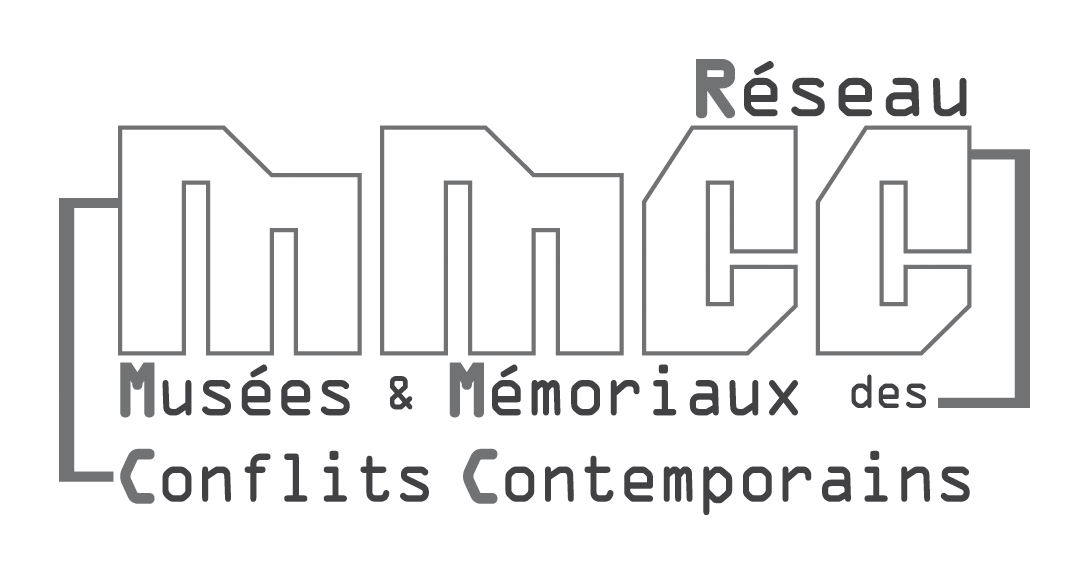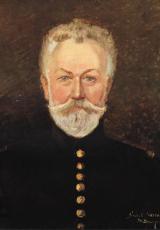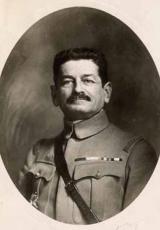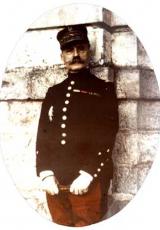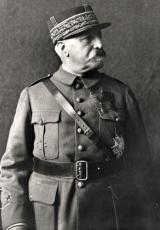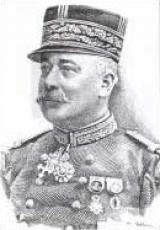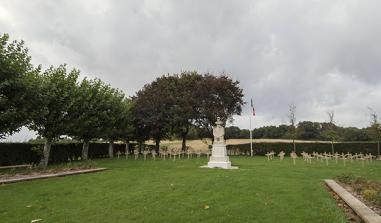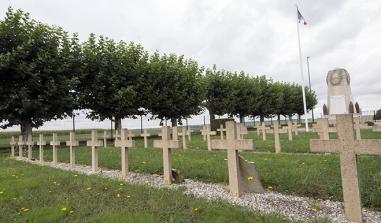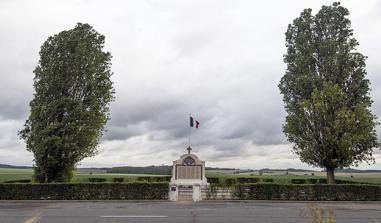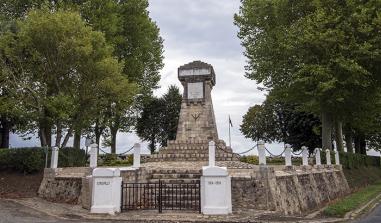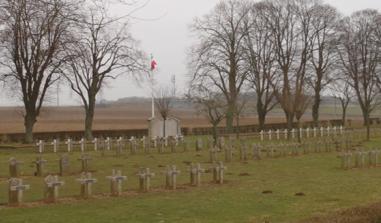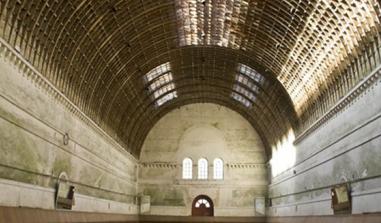Musée de la Grande Guerre, Meaux
A museum of history and society about the First World War
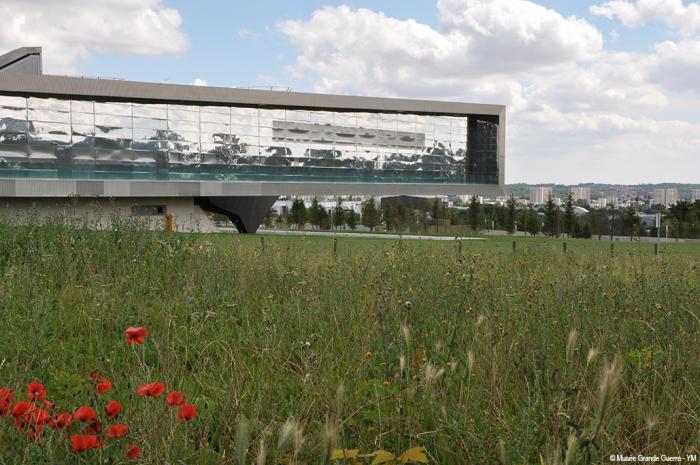
© Musée de la Grande Guerre / Y. Marques
With a collection like no other in Europe, the Musée de la Grande Guerre, in Meaux, offers a new look at the First World War (1914-18), through an innovative layout presenting the key transformations and upheavals that occurred in society as a result. An exceptional heritage to pass on to future generations. A museum of history and society, to discover past hardships, better understand present-day society and build the world of tomorrow.
View the museum's educational offering >>> 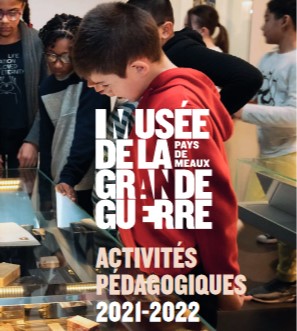
The Musée de la Grande Guerre was officially opened on 11 November 2011 by the Pays de Meaux combined area council. The furthest point of the German advance and the site of the First Battle of the Marne in September 1914, Meaux and its neighbouring communes possess historic heritage which, until then, had been undervalued and was little known to the general public, since the Great War is not generally associated with the Île-de-France region. First off, then, the museum serves as a reminder that the front came right up to the edge of Paris, and that the “miracle of the Marne”, just one month after the outbreak of hostilities, was the victory that was to decide the course of the conflict. Besides its historical legitimacy, the museum, like any major structure, plays the role of a lever of development for the region. It contributes to shaping a new image while mobilising different actors around a shared project that can benefit everyone, both in terms of culture and tourism and in terms of networks.
Origins
The Musée de la Grande Guerre du Pays de Meaux has its origins in a meeting between Jean-Pierre Verney, a passionate, self-taught historian who, over more than 45 years, collected 50 000 objects and documents on the First World War – one of the largest private collections in Europe – and Jean-François Copé, chairman of the Pays de Meaux combined area council. Copé took the decision to buy the collection in 2005 and founded a museum on the First World War, at a time when Verney was preparing to sell overseas, having found no local authority willing to take it. It was an obvious choice, given the sheer scale of the Pays de Meaux area (18 communes with a total population of 85 000) and the fact that a number of its villages still bear visible traces of the Battle of the Marne (memorials, cemeteries, etc.), including the grave of French poet Charles Péguy, killed on 5 September 1914.
A museum on a human scale
From the outset, the Musée de la Grande Guerre du Pays de Meaux was intended to be for all visitors. Its bold design and contemporary layout, at once educational, sensitive and immersive, contribute to making it as accessible as possible. This proximity to visitors can be explained in part by the desire to approach the conflict from a human perspective, through the everyday lives not only of the soldiers, but of women and children, continually switching between the front and the home front. All the nations that took part in the war are represented here, namely through the collection of uniforms, the overall intention being to present the universality of suffering and violence, whatever side of no man’s land your camp happens to be on
The object at the heart of the display
The exhibition is deliberately open and unconstrained, in order to allow each visitor to choose their own route, and thus build their own history. The main display, which presents the First Battle of the Marne (1914) alongside the Second Battle of the Marne (1918), clearly presents to visitors the passage from the 19th to the 20th century. Between these two key mobile battles at the beginning and end of the war, the presentation of the static war with its front comprised of trenches offers an insight into the notion of stalemate. Laid out in the main body of the museum, here is where the big hardware (lorries, aircraft, tanks, artillery pieces, etc.) is on show, making the museum a unique place where visitors can see the full range of objects and documents bearing witness to the conflict. This main display is complemented by a themed display: eight spaces look at topics that cut across the conflict (A New War, Bodies and Suffering, Globalisation, A Mobilised Society, etc.), adding new ways into the subject. The presentation is different for each of the spaces, thereby breaking up the monotony of the experience, as each new setting renews visitors’ interest. Obviously, the objects in the collection are at the heart of the display: they lend and take on meaning in their relationship with the space and in the dialogue they establish with the museum resources, and ultimately move visitors to ask questions about their own memories. By arousing interest and curiosity, the museum encourages visitors to interrogate their own personal history.
An innovative interaction
If visitors are greeted by ambient sounds even before they set foot in the museum, once inside, they find a whole series of objects to touch in the displays. Known as “martyr objects”, they belong to the collections and offer the public an opportunity to handle materials and shapes. There is also a wealth of interactive tools that aim to put the visitor in the driving seat: wearing special glasses to experience 3D stereoscopic views, feeling the weight of soldiers’ kit bags or coils of barbed wire, guessing what objects are in the archaeological niches, educational games to grasp the economic impact of the war or discover the different belligerent nations, interactive terminals to offer a deeper insight into the collection. All of this makes for an attractive and dynamic visitor experience, involving the different senses, thereby aiding the immersion in what is a complex subject.
The Musée de la Grande Guerre du Pays de Meaux is today an essential site for discovering the history of the First World War, and the area has become a remembrance tourism destination. The years of the centenary commemorations contributed to that process, which is sure to continue as the museum celebrates its tenth anniversary with a special season in 2021-22.
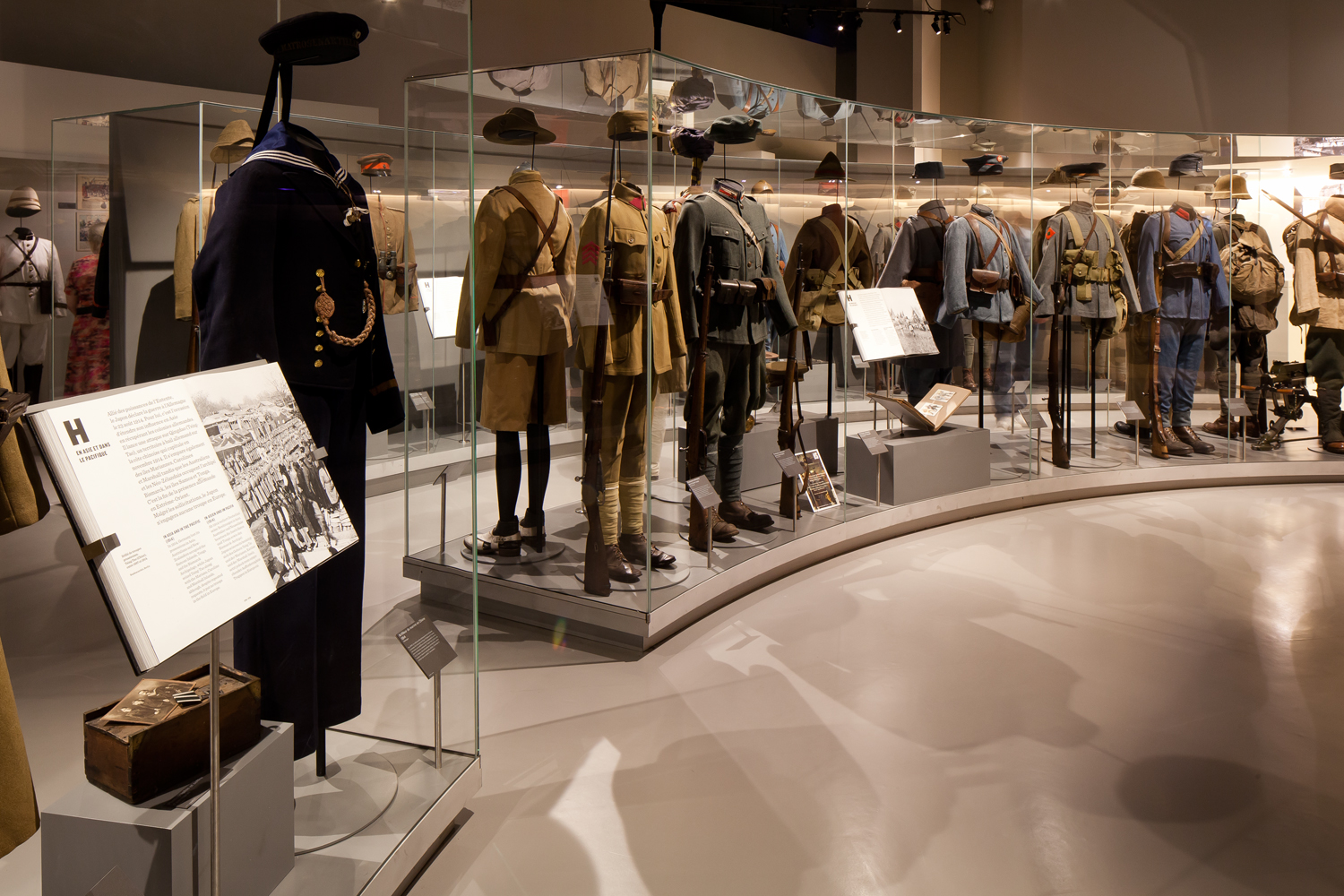
© Musée de la Grande Guerre
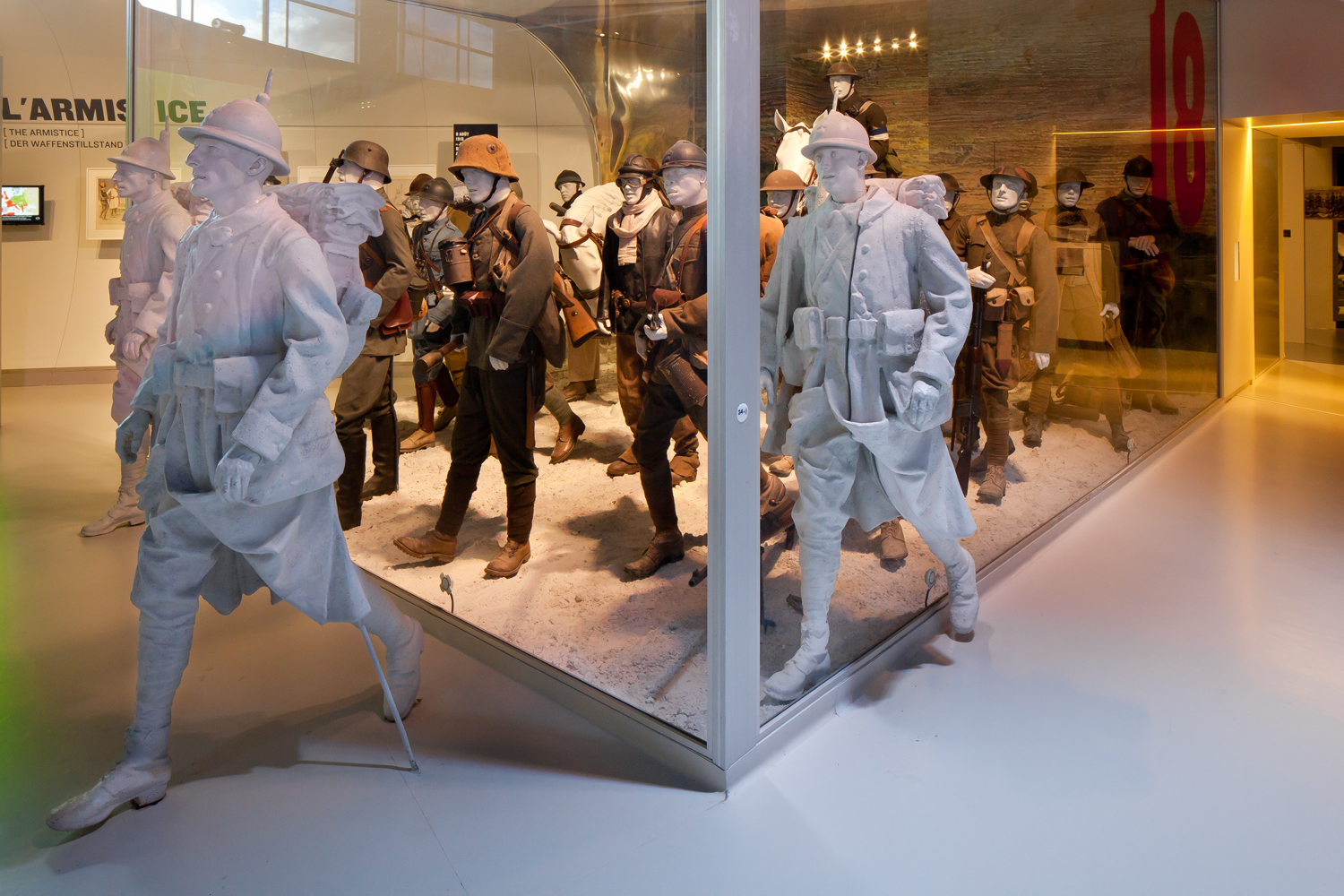
© Musée de la Grande Guerre
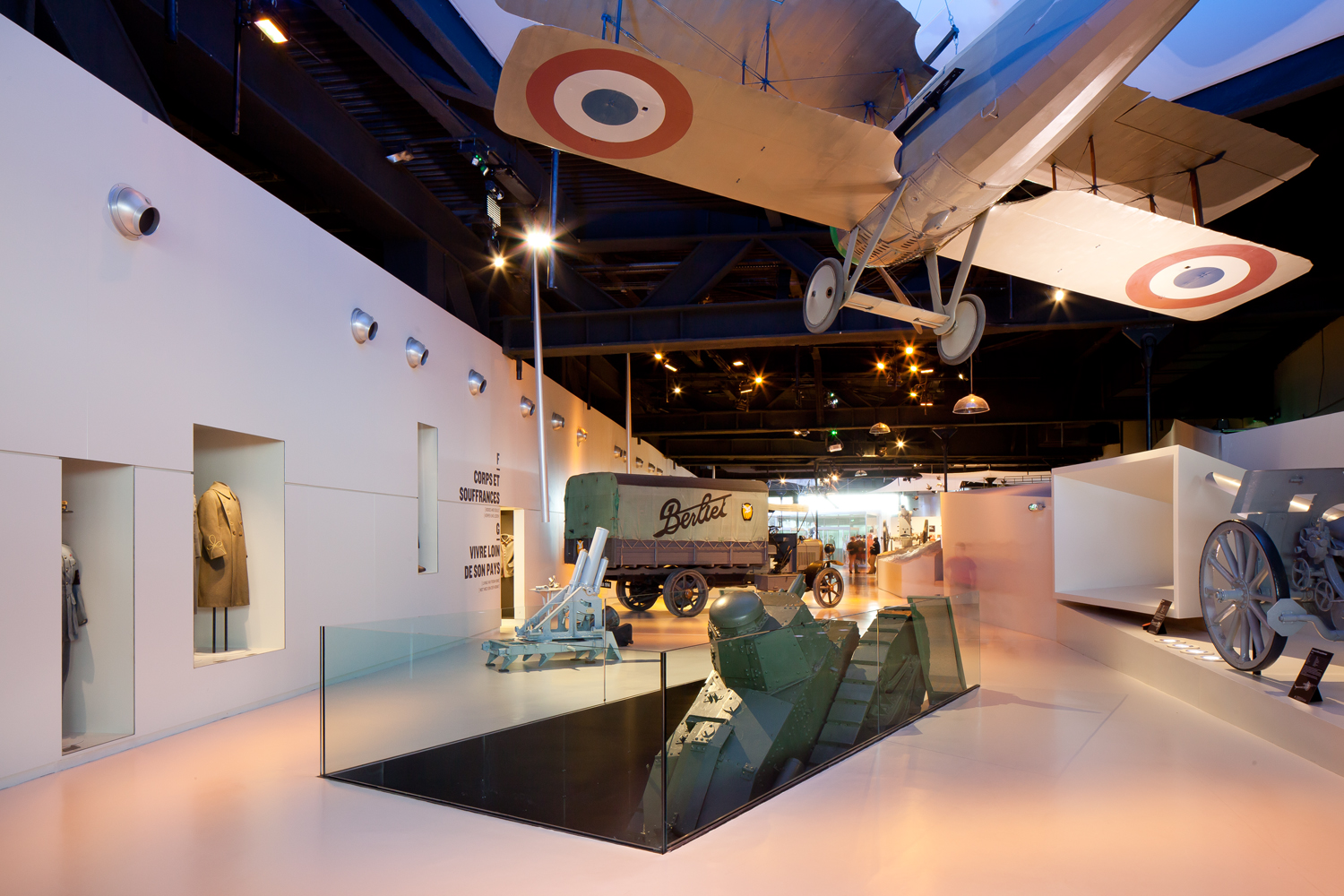
© Musée de la Grande Guerre
Practical information
Rue Lazare Ponticelli (Route de Varreddes) 77107
Meaux
01 60 32 14 18
- Full price: € 10 - Students, over-65s, veterans, members of the armed forces, group visitors (min. 15): € 7 - Under-26s, jobseekers, those in receipt of income support: € 5 - Family ticket (2 adults + 2 children under 18): € 25 (+ € 2 per additional child) - Annual pass: € 27 adult, € 12 under-26s - Free for children under 8 years, journalists, Île-de-France tourism professionals, museum curators/ICOM network members, Ministry of Culture card holders, teachers, carers, and members of the Société des Amis du Musée for special promotional events laid on by the museum’s management.
Daily except Tuesdays, 9.30 am to 6 pm, non-stop.
Closed on Tuesdays and public holidays of 1 January, 1 May and 25 December
Read more
Read more
Office de tourisme de référence - 1 place Doumer à Meaux - Tel : 01 64 33 02 26


